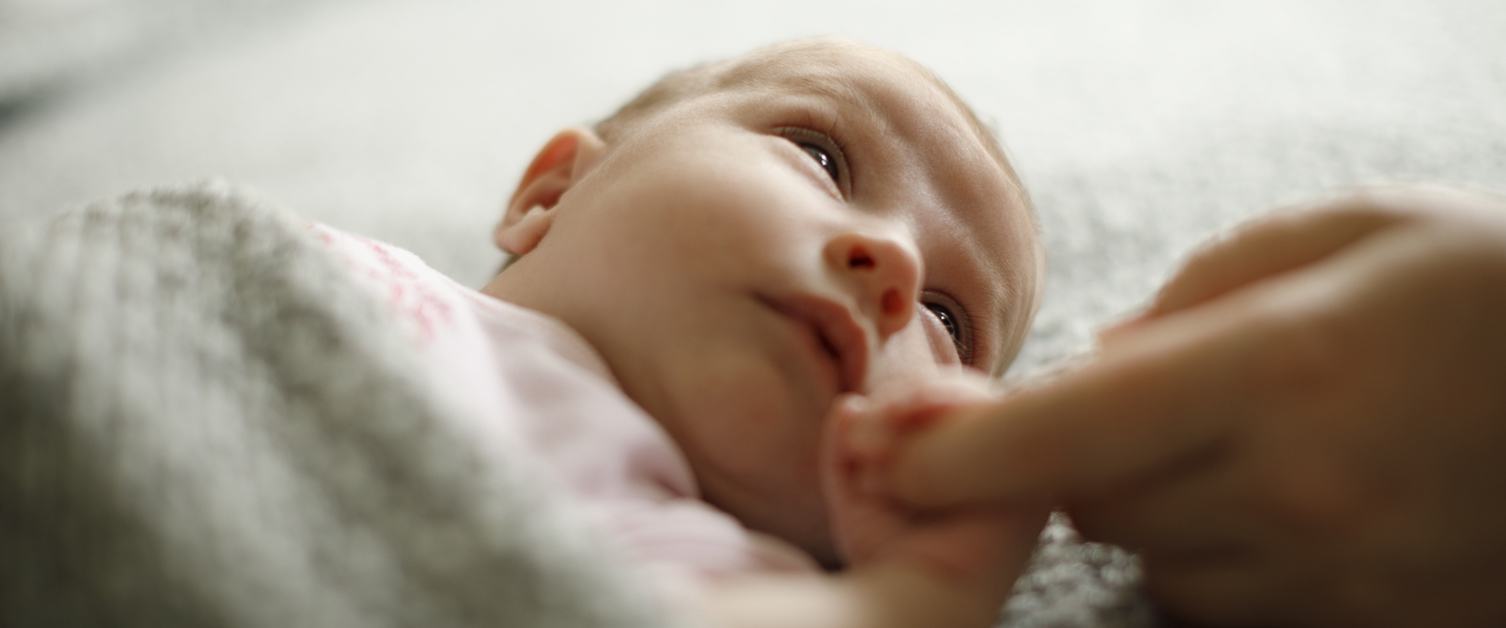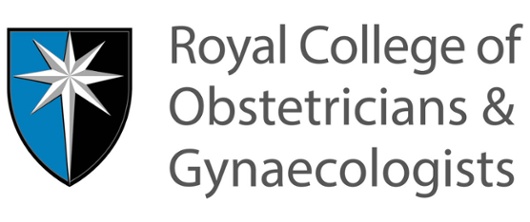Giving Birth

This is when you give birth vaginally. You will be cared for by a midwife during this time and can have a vaginal birth at home, within our birth centres and our obstetric units. Most women feel well a few hours after a vaginal birth and can be discharged home the same day if they are ready.
During water birth a woman labours and gives birth in water using a deep birthing pool. Being in water during labour is shown to help with pain as well as being more relaxing and soothing than being out of water. The water helps to support your weight, making it easier to move around during your labour.
Some births need a little help. An assisted birth is when a ventouse or forceps is used in the later stages of labour (during pushing) to help the baby be born. A ventouse is a cup shaped suction device that will be attached to baby’s head to help them be born. Forceps are a smooth, curved metal instruments that will be placed around the baby’s head, also to help baby be born.
An assisted birth is required if
- the baby needs help to move from the birth canal
- there are concerns about you or the baby
- you are exhausted
- you are unable to push, sometimes due to a dense epidural
As with any medical intervention you can say no to an assisted birth. The decision to have an assisted birth is one that should always be discussed and agreed with you.
A caesarean birth is when the baby is born by abdominal surgery. One in every four women in the UK will have a caesarean birth. Some will be planned while others will undergo an emergency caesarean. This will be undertaken by an obstetrician (Pregnancy Doctor).
At Cwm Taf Morgannwg during a planned caesarean birth we encourage families to bring their own playlist and have skin-to-skin contact with their baby straightaway. Below is a video demonstrating a planned caesarean. There are many reasons why you might be offered a caesarean birth and this should be discussed with your midwife or obstetrician.
We are very grateful to one of our service users who has agreed to share her recent experience.
Please be aware the following video contains footage of surgery
Take a brief tour of one of our obstetric theatres:
